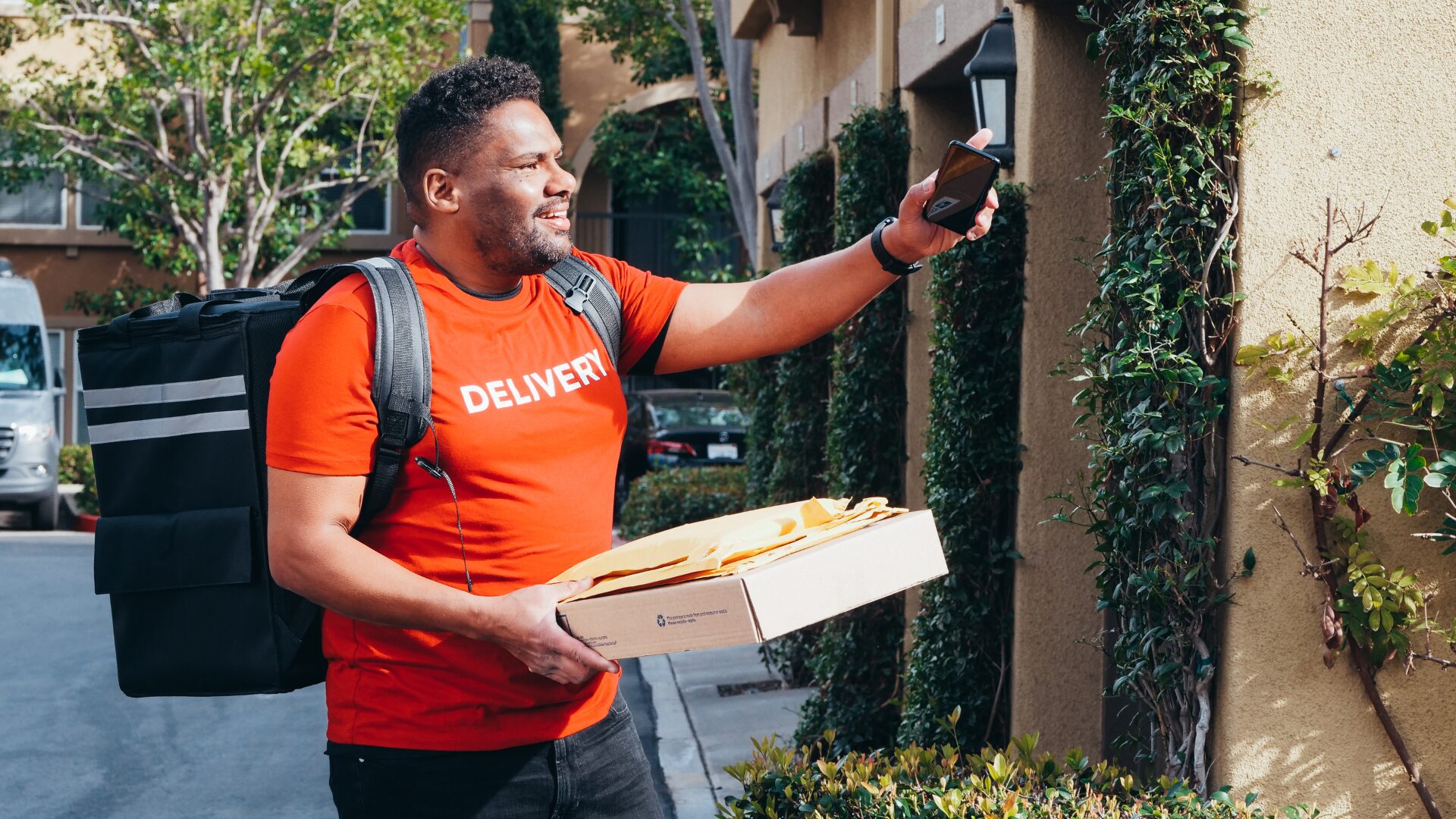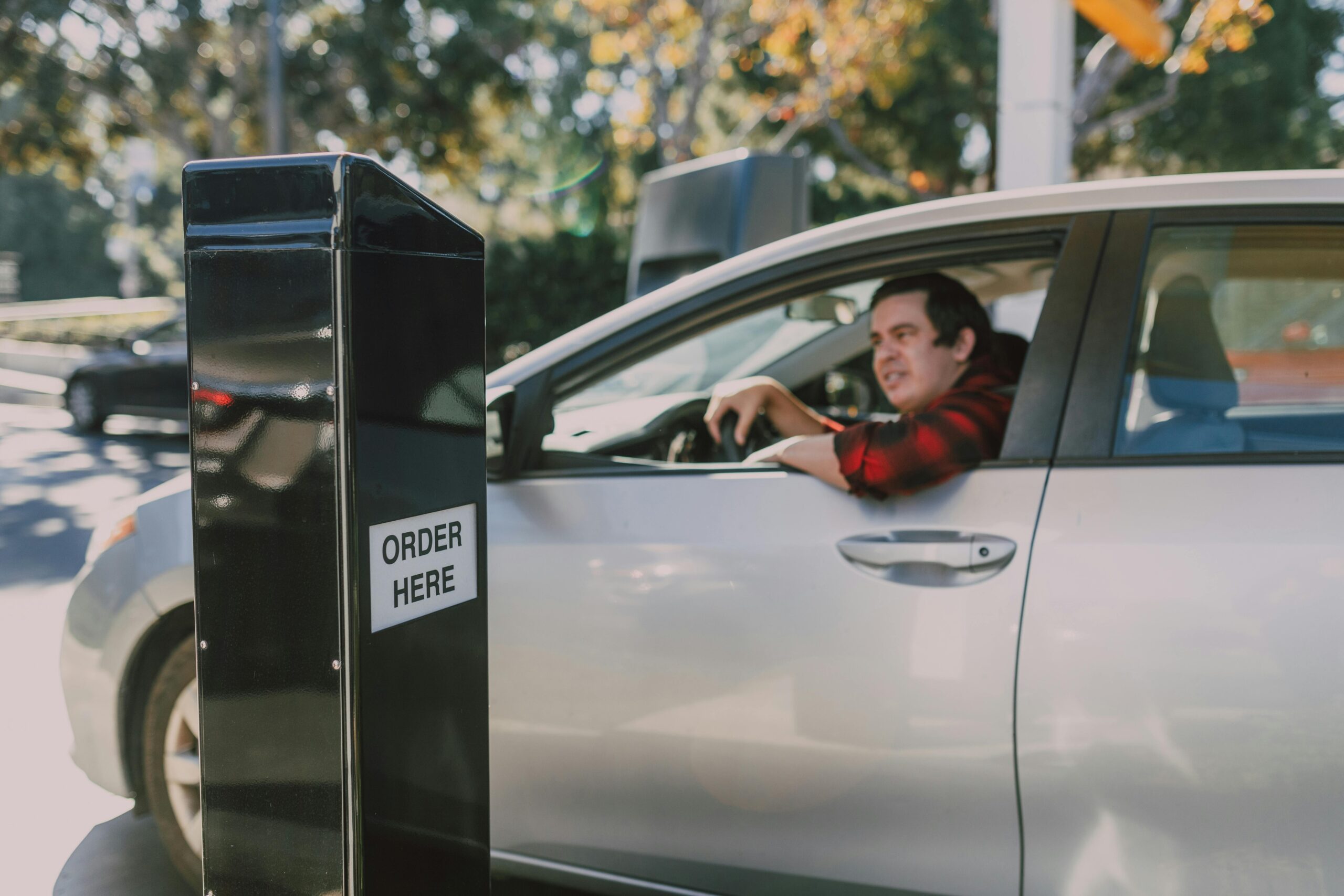From robots to scheduling software, restaurants are implementing all types of new technology into their operations of late.
With so many new developments this year, The Food Institute decided to take a closer look at how tech can actually enhance the dining experience.
WHAT SHOULD RESTAURANTS INVEST IN?
Drive-thru is one of the key areas that quick service restaurants are innovating, with industry giants like McDonald’s and Starbucks investing heavily in customer personalization and decision technology.
“The drive-thru experience has never been about creating personal connection—it’s always been about convenience,” Thibaud Denolle, director of innovation and marketing at Acrelec, told The Food Institute. “But today’s drive-thru experience aims to change that. You need to answer the question, `How can we build a 1-to-1 relationship in the drive-thru without compromising the speed of service?’”
Besides drive-thru tech, other focus areas include solutions that create operational efficiencies and higher labor productivity, enhance customer experience, improve inventory management, and reduce waste, according to Greg Grambling, managing director at Solomon Partners and a specialist in food retail and restaurants.
“Customers are seeking frictionless experiences in limited-service restaurants, which includes ordering, payment and pick-up/delivery,” he said.
SOME TECH CAN HURT MORE THAN HELP
Though it’s important for restaurants to adopt new technology, they should also be very careful, because some tech products can hurt more than they help, said Stefan Kouumdjiev, co-founder at Breeze Technologies.
“This is especially common with products designed for customers,” he told The Food Institute, “because there are lots of products that are wonderful for restaurant customers but might be very disruptive to a restaurant’s operations.”
Kouumdjiev used the example of tableside payment platforms. “The devices let customers pay faster by using their phones instead of handing over their card, [which] can be wonderful for guests, but if the servers and managers can’t easily track which customers have paid from their phones, operations can become extremely chaotic,” he said.
Denolle also emphasized that if a customer is not happy with their experience, they won’t hesitate to go elsewhere. “That’s why it’s crucial for new technology in the dining space to be implemented seamlessly, with no impact on the stream of service. Sometimes the biggest customer pain point can be the technology itself.”
NEW TECH DEVELOPMENTS
Here are several recent developments in restaurant tech:
- DoorDash trademark filings reveal it’s doubling down on robotic food prep with two new ghost brands, reported Business Insider.
- Deliverect, a global scale-up that simplifies online ordering for establishments including restaurants, convenience stores and grocery stores, secured more than $150 million in Series D funding.
- 7Shifts, a provider of restaurant scheduling software, raised $80 million in a Series C funding round, reported Restaurant Business.
- Agot AI, which develops technology to help quick-service restaurants avoid errors with food delivery, raised $12 million.












